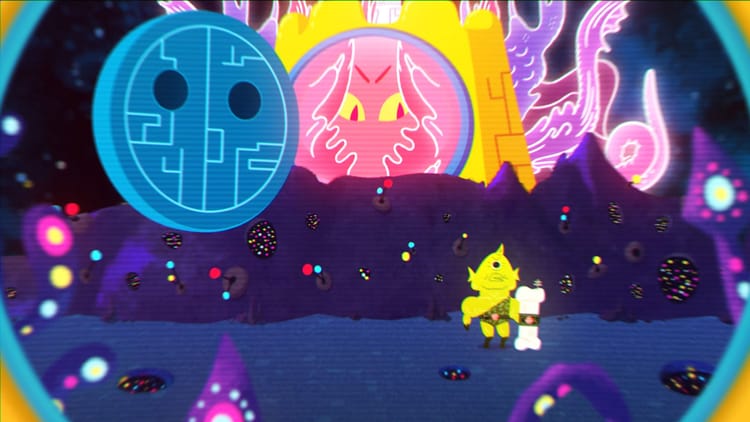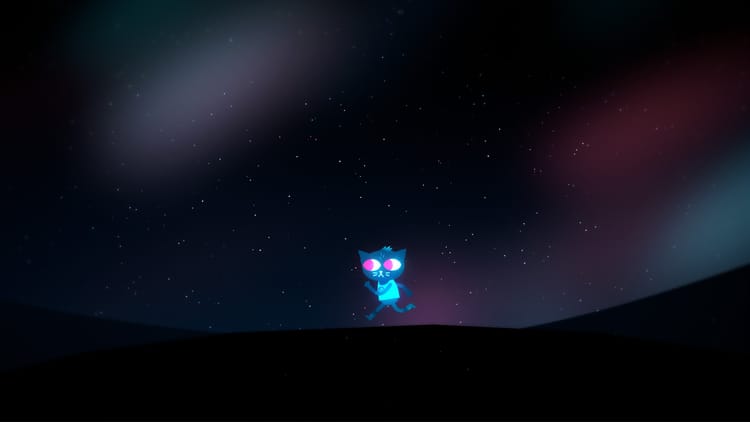Here are four things the NYT "stupid games" story got right.
I’ve had a million people send me Sam Anderson’s NYT Mag cover story from this weekend on the allure of “stupid games.” Let’s be clear: I’m not particularly happy that a medium that I love appearing on the cover of one of the world’s most respected and powerful news institutions being referred to as “silly.” This only reinforces negative stereotypes about games as useless past times and diversions and not as something meriting serious consideration. Basically, this paints games as something you do on the toilet. (Full disclosure: I play games on the toilet.)
But I do know it’s also the internet and Headlines Rule Everything Around Me. Moreover, there are a number of things that Anderson does very well that might be lost beneath the link bait.
New York Is New Home of Games: The two centerpieces of the story, Frank Lantz of Zynga New York and Zach Gage, are both NY-based figureheads. Lantz sold his previous company area/code to Zynga in part on the success of titles like Drop7 and Gage is on the vanguard of experimental games. But more importantly, the thumbs up from the Times that NYC is a place where games are made should not be overlooked. Also, Kill Screen is NYC housed in the same building the Talking Heads lived in. So there’s that.
Gamification is Dumb: Anderson is a book critic for New York and is not known for his game-writing. You could argue that he shouldn’t be writing about games at all, but the fact that someone from outside of the traditional game-writing community calls bullshit on gamification is telling:
Instead of just bombarding us with jingles, corporations will be able to inject their messages directly into our minds with ads disguised as games. Gamification seeks to turn the world into one giant chore chart covered with achievement stickers — the kind of thing parents design for their children — though it raises the potentially terrifying question of who the parents are. This, I fear, is the dystopian future of stupid games: amoral corporations hiring teams of behavioral psychologists to laser-target our addiction cycles for profit.
Iteration: By focusing on Gage, Anderson does a great job explaining what iteration looks like as opposed to cloning. The process is as follows: Gage hates word games, Gage plays word games, Gage builds word games. Tada! Take the explanation of the development of Unify as a test case:
“The iPhone has all these wonderful features, and no one was making use of them,” he told me, sounding a little like Howard Roark in “The Fountainhead.” “Everyone was trying to figure out a way to shoehorn games they’d already made onto the platform. Tetris wasn’t built around a touch screen. If we hadn’t had those original games, and we’d only had touch screens, you’d never see a game like that. It would never have come up naturally, because it’s not good. So I started making a game to explore that, to try and figure out what multitouch Tetris would be like.”
Indie Game Design is the New Indie Rock: Long hair and bandanas are the common language!




